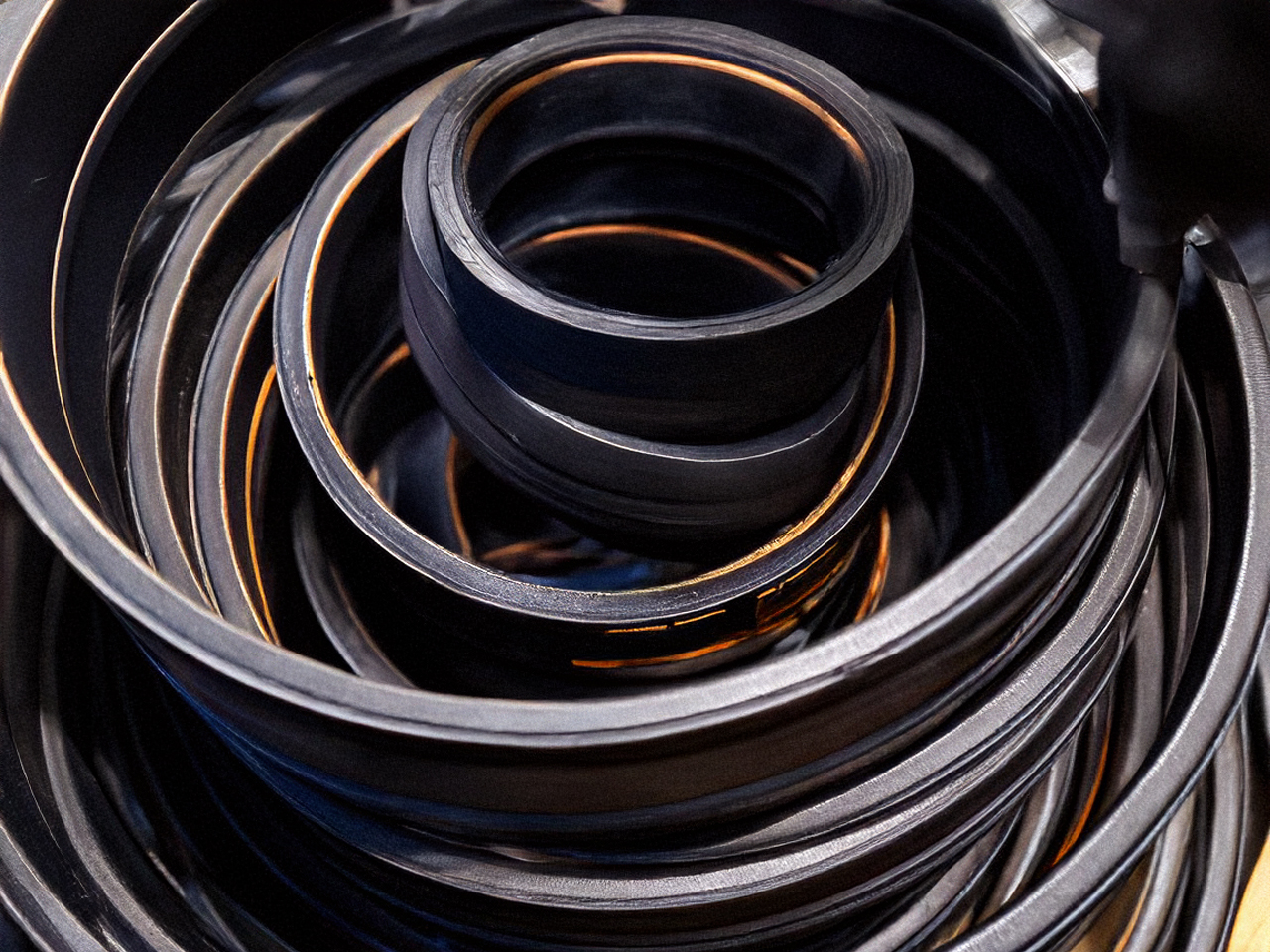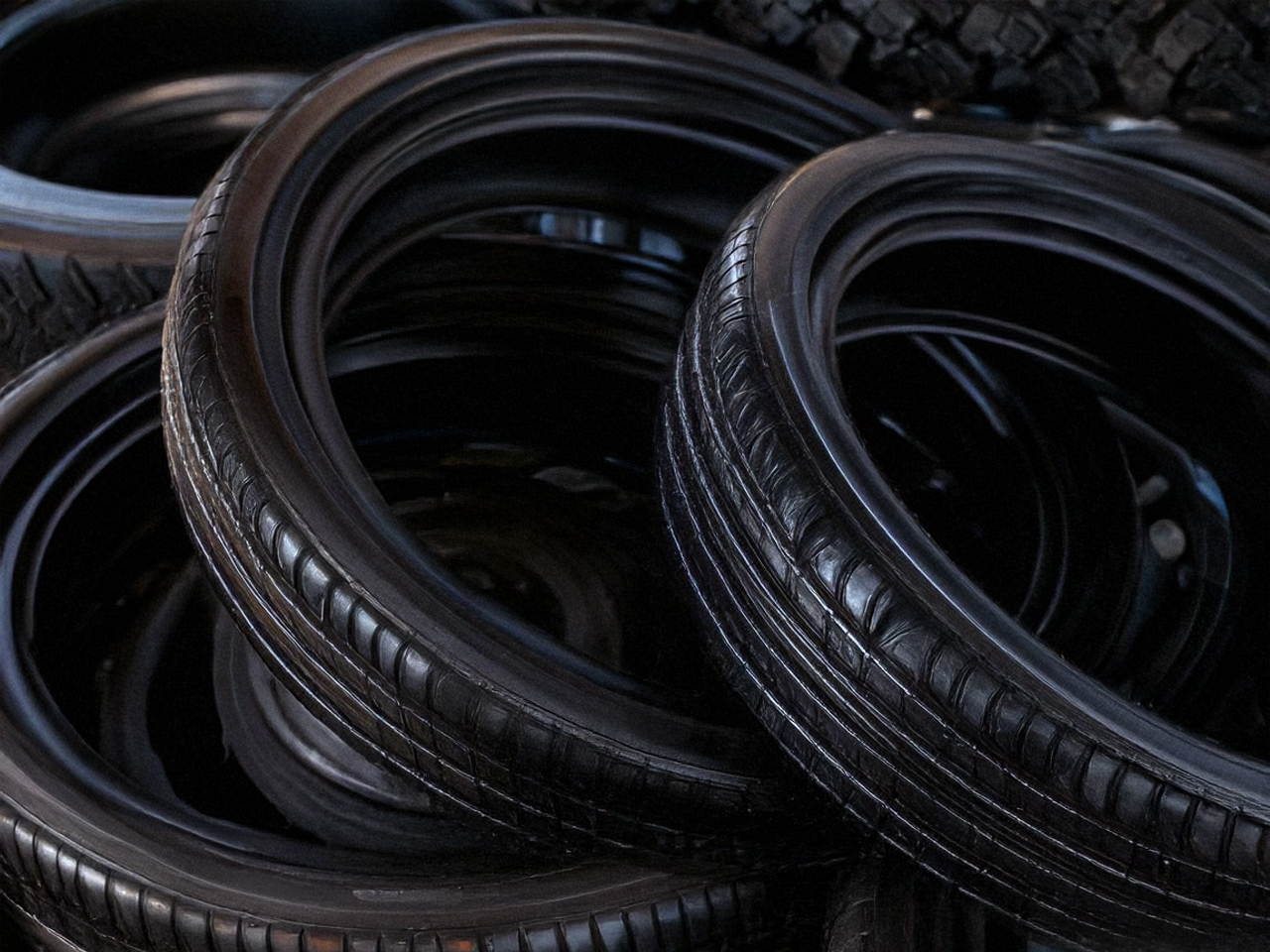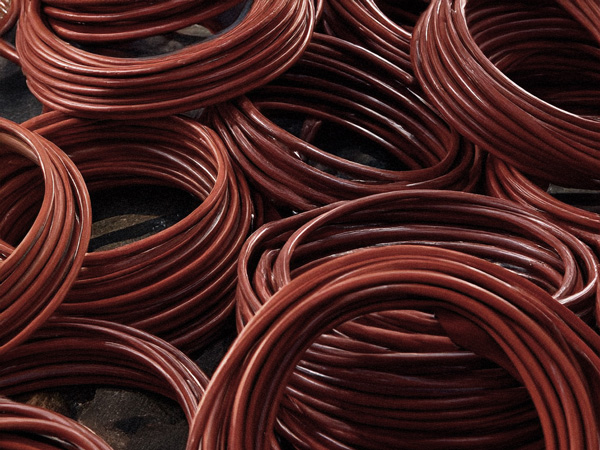Talc in Rubber and Elastomers
Enhancing processing, durability, and dimensional stability
Talc is widely used in rubber and elastomer formulations as a multifunctional filler. Its natural platy structure, hydrophobicity, and thermal stability improve compound behavior during processing and enhance performance in the final product — particularly where mechanical strength, flexibility, and aging resistance are critical.
Talcs reduce the viscosity of rubber compounds, thereby facilitating the processing of moulded parts. They also improve extrudate qualities, increasing production rates and enhancing UV radiation resistance of exterior parts such as automotive profiles. In sealants and gaskets, they provide good compression resistance, whilst in pharmaceutical stoppers, they create a barrier against liquids. In cables, talcs function as insulators and in tyre manufacture they make excellent processing aids.

Functional roles of talc in rubber applications
Improved extrusion and molding behavior, acting as a processing aid and anti-stick agent
Reinforcement of mechanical properties, especially tensile strength and tear resistance
Dimensional stability, reducing shrinkage and deformation under stress or temperature changes
Enhanced surface finish, important in seals, gaskets, hoses, and profiles
Resistance to UV and heat aging, extending product life
Typical applications include:

Automotive components
Seals, gaskets, tire components (inner liners, carcass).

Industrial rubber goods
Conveyor belts, anti-abrasive coatings, hoses.

Consumer goods
Shoe soles, molded goods (toys, grips).
Technical advantages of MinTalc® and Treated
MinTalc talcs provide an efficient, cost-effective solution for rubber compounding, balancing reinforcement, processability, and environmental resistance. The right grade selection depends on the desired mechanical properties and end-use conditions.
Our talc grades for rubber and elastomers are tailored to offer:
Customizable
Grades for specific hardness, flexibility, or processing needs.
Sustainable
Reduces dependency on synthetic fillers.
High purity
Low heavy metals/abrasives.
Micronized MinTalc® Benefits
Reinforcement
Increases tensile strength, modulus, and hardness.
Improved Impermeability
Acts as a barrier against gases and moisture.
Lubrication Effect
Facilitates extrusion and molding processes.
Cost Efficiency
Allows partial replacement of carbon black or silica.
Advanced Surface-Treated MinTalc®
Enhanced Polymer Adhesion
Improves dispersion and mechanical performance.
Moisture & Chemical Resistance
Suitable for demanding environments.
Balanced Properties
Optimizes stiffness and flexibility in vulcanized rubber.
Supporting greener formulations
Technical and commercial support
For inquiries related to products, documentation, regulatory compliance or specific technical requirements, please contact our team.
Formulari de Contacte 2025
"*" indicates required fields